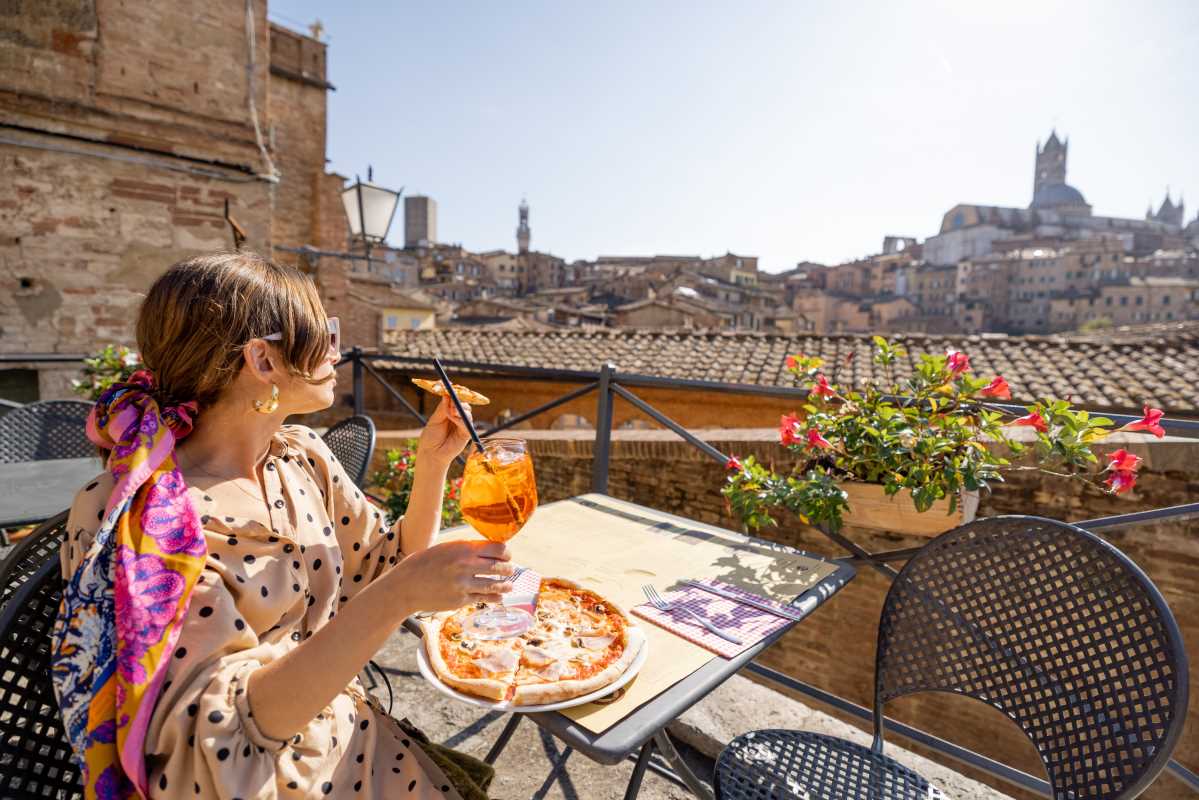Winding through narrow alleys, you catch the scent of sizzling pans and discover hidden gems where unexpected flavors greet you at every corner. Unforgettable culinary experiences often arise in small towns that escape the spotlight, offering tastes shaped by generations of local passion and tradition. As you explore these overlooked destinations, a sense of adventure guides you toward dishes that tell a story, made by hands that have perfected their craft over time. Each step brings new possibilities, turning every meal into a journey that reveals the heart of a community rarely seen by visitors.
Why Hidden European Gourmet Trails Matter
Exploring lesser-known cities turns food into a storytelling adventure. You discover kitchens that respect simple ingredients, from hand-milled flour to wild mushrooms picked just hours earlier. Without crowded streets or tourist menus, chefs feel freer to experiment, blending local traditions with personal flair. In that creative space, every bite feels like an invitation to see a place’s true character. It’s not about collecting checklists, but about savoring the unexpected twists in flavor that only offbeat routes can offer.
Far from clichés about “authentic experiences,” these gourmet paths introduce fresh connections between food and community. Locals greet you with a nod, then share recipes passed down through generations or left to evolve by daring cooks. When you follow these routes, you become part of a living tapestry—years of practice, pride and innovation interwoven in every dish. That dynamic tension between tradition and invention makes each meal feel like a new discovery rather than a predictable highlight reel.
Getting Ready: Mapping Your Route
- Route Scouting (step label)
- Purpose: identify promising neighborhoods with dynamic eateries
- Guide:
- Use regional blogs to list small towns known for local markets
- Check public transport links to confirm realistic travel windows
- Cross-reference with food-focused social media posts for bakeries and taverns
- Cost/Metric: free online, or a few euros for a specialty newsletter
- Insider Tip: look for bakeries open before sunrise to sample fresh pastries and chat with bakers
- Ingredient Sourcing (key concept)
- Purpose: understand where chefs get produce, cheese, and cured meats
- Guide:
- Locate weekly farmers’ markets via municipal websites
- Talk to stallholders about seasonal harvest peaks
- Note micro-producers crafting cheese or smoking fish by traditional methods
- Cost/Metric: €3–€15 per specialty item
- Insider Tip: buying a small wedge of cheese often leads to informal shop tours or invitations for appetizers
- Budget Tracker (tool category)
- Purpose: manage food spending while leaving room for splurges
- Guide:
- Choose a smartphone app that categorizes purchases by meal type
- Set daily limits based on local price levels (e.g., €20 in small towns, €35 in mid-size cities)
- Log each purchase immediately and note standout flavors
- Cost/Metric: free or up to €5 for premium apps
- Insider Tip: record exact costs after ordering to compare value and decide where to return
- Local Language Basics (step label)
- Purpose: unlock off-menu specialties and seasonal treats
- Guide:
- Learn key food terms like “freshly pressed” or “today’s special”
- Practice asking for recommendations in the local language
- Keep a phrasebook or app handy when cooks mention nightly specials
- Cost/Metric: under €10 for a phrasebook; free–€8 for apps
- Insider Tip: even one mastered phrase can invite chefs to share secret dishes not advertised online
- Timing Calculator (tool category)
- Purpose: align meal plan with opening hours and harvest seasons
- Guide:
- Research weekly schedules of establishments online
- Map travel times between villages, adding scenic detours
- Visit markets in the morning and reserve tables for evening meals
- Cost/Metric: free with mapping tools; €2–€4 for premium apps
- Insider Tip: plan lunch around market opening—vendors may offer discounts on day-old bread or reveal fresh arrivals
Local Flavors: On-Site Tips and Tasting Techniques
Whenever you sit down for a layer cake or a savory pie, take a moment to observe how locals interact with staff and each other. Watch the order in which dishes arrive—sometimes the snack that seems like an appetizer actually comes last, after your main course. Ask to taste olive oil or vinegar before it’s poured over salad. Small sampling spoons can reveal subtle wood smoke or floral tones you’d miss by diving straight into a full serving.
Seek out communal tables where strangers share laps. That proximity often sparks food swaps—someone breaks off a piece of bread and offers it to their neighbor, who returns the favor with a slice of cheese. These unplanned exchanges introduce you to unnoticed delicacies like locally pressed honey or cured ham aged in a barn rather than a factory.
In many towns, it pays to linger after dessert. A chat with the busboy might turn into an invitation to the kitchen, where you learn a quick step of dough shaping or pick up a secret ingredient ratio. Accept those moments—they often leave a stronger impression than any Michelin star.
Logistics and Budgeting for Untapped Destinations
Regional trains and buses may run less often, so book ahead and check holiday schedules to avoid surprises. Keep part of your budget for spontaneous food experiences and carry local currency for small purchases. With offline maps and a cooler bag for local treats, you can explore freely and enjoy unplanned moments along the way.
Every hidden path and dish creates a memorable story to share. Enjoy each meal, and let every bite surprise you.







